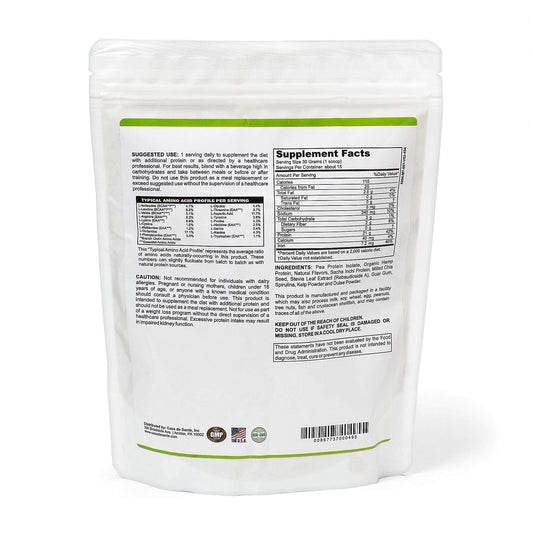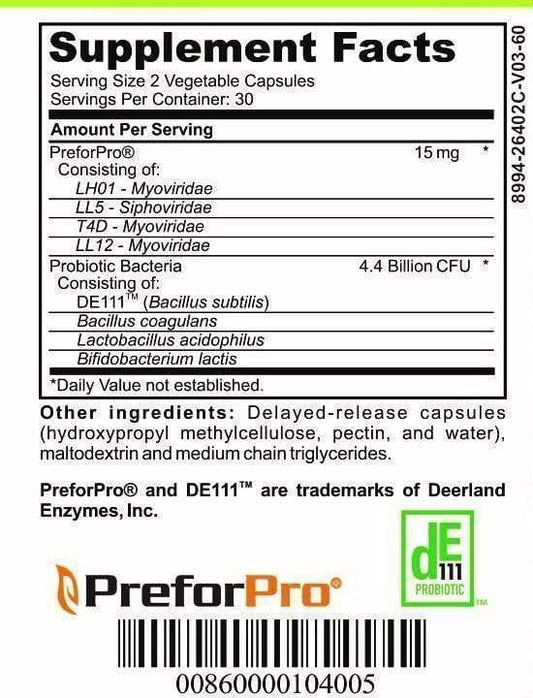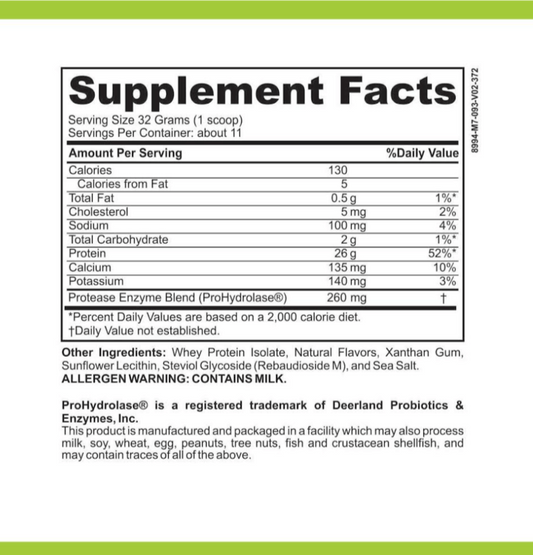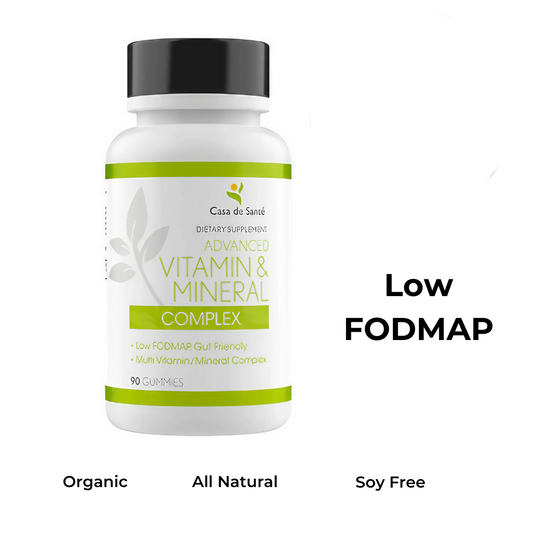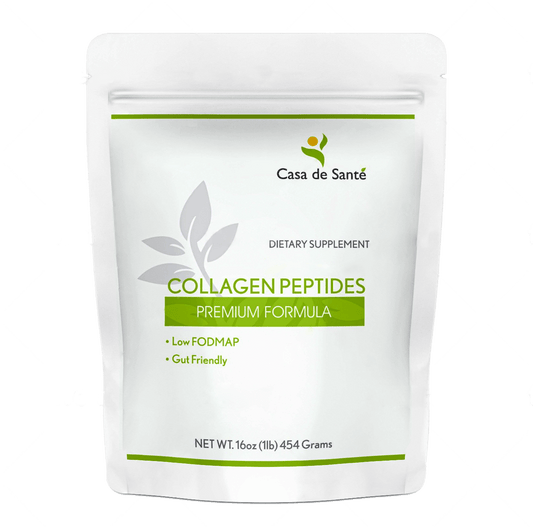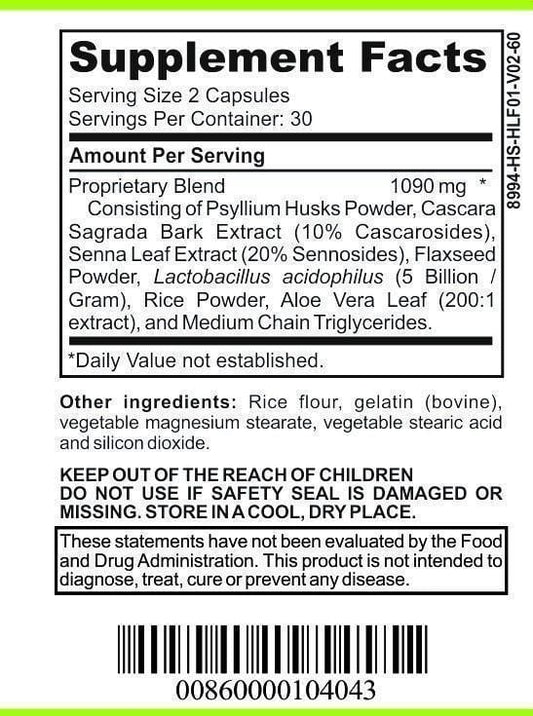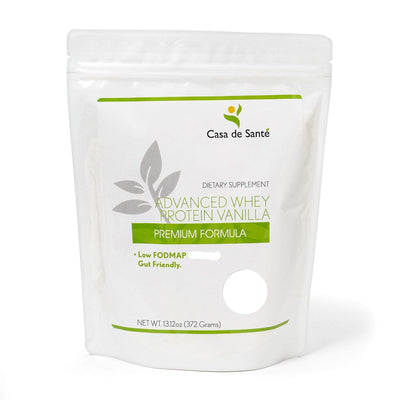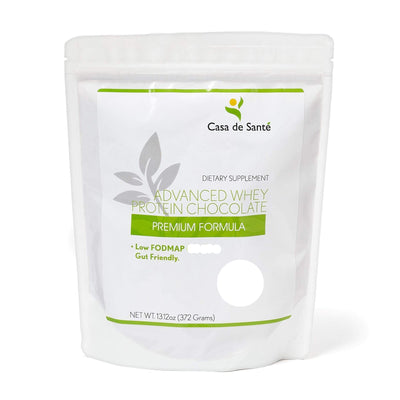Is Muenster High In Histamine
Is Muenster High In Histamine
Muenster cheese is a popular cheese known for its smooth and creamy texture. One of the concerns surrounding Muenster cheese is its histamine content. In this article, we will delve into the topic of histamines in Muenster cheese and explore the nutritional profile of this beloved cheese.
Understanding Histamines in Food
Before we delve into the histamine content in Muenster cheese, let's first understand what histamines actually are. Histamines are substances that are naturally present in the body and are also found in certain foods. They are involved in various physiological processes and play a key role in the immune response.
However, some individuals may be sensitive to histamines and experience adverse reactions when consuming foods high in histamine. This condition, known as histamine intolerance, can cause symptoms like headaches, hives, nasal congestion, and digestive issues.
What are Histamines?
Histamines are a type of compound called biogenic amines, which are chemicals that are formed through the natural breakdown of proteins in certain foods. Histamines are excellent neurotransmitters and play a vital role in the body's immune response.
When histamines are released in the body, they bind to specific receptors, triggering a cascade of reactions. These reactions can include the dilation of blood vessels, increased permeability of blood vessels, and the contraction of smooth muscles.
It is important to note that histamines are not only found in the body but are also present in various foods. Some common food sources of histamines include aged cheeses, fermented foods, cured meats, and certain types of fish.
How Histamines Affect the Body
When the body detects an injury or allergen, it releases histamines as part of the immune response. Histamines cause blood vessels to dilate, which increases blood flow to the affected area, resulting in inflammation and redness. Histamines also cause smooth muscles to contract, leading to symptoms like sneezing and watery eyes.
In addition to their role in the immune response, histamines also play a role in regulating stomach acid production. They stimulate the release of gastric acid, which aids in the digestion of food. However, in individuals with histamine intolerance, the body may struggle to break down and metabolize histamines efficiently, leading to an accumulation of histamines in the body and subsequent unpleasant symptoms.
Histamine intolerance can manifest in various ways, depending on the individual. Some common symptoms include headaches, migraines, nasal congestion, skin rashes, itching, gastrointestinal issues such as diarrhea and abdominal pain, and even anxiety and insomnia.
It is important for individuals with histamine intolerance to be aware of their dietary choices and avoid foods high in histamine. By following a low-histamine diet, they can manage their symptoms and improve their overall quality of life.
The Nutritional Profile of Muenster Cheese
Muenster cheese is a versatile cheese that can be enjoyed in various dishes. Let's take a closer look at the nutritional profile of Muenster cheese.
The Making of Muenster Cheese
Muenster cheese is a semi-soft cheese that originated in France but is now commonly produced in the United States as well. It is made from cow's milk and undergoes a specific aging process that contributes to its unique flavor and texture.
The process of making Muenster cheese begins with the collection of fresh cow's milk. The milk is then heated and mixed with a starter culture, which consists of bacteria that help ferment the milk. This fermentation process is crucial as it helps develop the distinct flavor and texture of Muenster cheese.
After the milk has been fermented, rennet is added to coagulate the milk and form curds. The curds are then cut into small pieces and heated again to expel more whey. This process helps concentrate the proteins and fats in the cheese, resulting in a rich and creamy texture.
Once the curds have reached the desired consistency, they are molded into large blocks and pressed to remove any remaining whey. The cheese is then aged for a specific period, during which it develops its characteristic orange rind and tangy flavor.
Nutrients and Minerals in Muenster Cheese
Muenster cheese is a good source of several essential nutrients and minerals. It is a rich source of protein, which is essential for muscle growth and repair. Additionally, Muenster cheese provides essential vitamins and minerals such as calcium, phosphorus, and vitamin B12.
Calcium is vital for maintaining strong bones and teeth, and a single serving of Muenster cheese can provide a significant amount of your daily calcium needs. Phosphorus, on the other hand, is essential for energy production, cell growth, and maintenance of healthy bones and teeth.
Vitamin B12 plays a crucial role in the production of red blood cells and the proper functioning of the nervous system. It is particularly important for individuals following a vegetarian or vegan diet, as Muenster cheese is one of the few non-plant-based sources of this vitamin.
It's important to note that while Muenster cheese offers nutritional benefits, it also contains fat and sodium. Therefore, moderation is key when incorporating Muenster cheese into your diet.
The fat content in Muenster cheese can vary depending on the specific brand and type. However, it is generally considered to be a high-fat cheese. While fat is an essential nutrient and provides energy, it should be consumed in moderation to maintain a healthy diet.
Similarly, Muenster cheese contains sodium, which is necessary for various bodily functions. However, excessive sodium intake can contribute to high blood pressure and other health issues. Therefore, individuals with hypertension or other sodium-sensitive conditions should consume Muenster cheese in moderation.
In conclusion, Muenster cheese is a delicious and versatile cheese that offers a range of nutrients and minerals. From its unique production process to its nutritional benefits, Muenster cheese can be enjoyed as part of a balanced diet. Remember to consume it in moderation to reap its benefits while maintaining a healthy lifestyle.
Histamine Content in Muenster Cheese
Now, let's address the question on everyone's minds: is Muenster cheese high in histamine?
Before we delve into the histamine content of Muenster cheese, it's important to understand the factors that influence histamine levels in cheese. One of the primary factors is the fermentation process involved in cheese production. During fermentation, bacteria break down the proteins in the milk, which can lead to the formation of histamine. As a result, histamine levels tend to be higher in aged and fermented cheeses compared to fresh cheeses.
However, it's not just the fermentation process that affects histamine levels in Muenster cheese. The quality and freshness of the milk used also play a role. Milk that is not handled properly or is of lower quality may contain higher levels of histamine precursors, which can subsequently lead to higher histamine levels in the cheese.
Furthermore, the length of aging can also influence histamine levels in Muenster cheese. The longer the cheese is aged, the more time there is for histamine to accumulate. This is why some aged cheeses, such as blue cheese or Parmesan, are known to have higher histamine levels.
Measuring Histamine Levels in Muenster Cheese
Various testing methods can determine the histamine levels in cheese, including enzymatic methods and high-performance liquid chromatography (HPLC). These methods allow manufacturers and regulators to monitor and control histamine levels to ensure food safety.
Enzymatic methods involve the use of specific enzymes that react with histamine, producing a measurable change in color or fluorescence. This method is relatively quick and straightforward, making it a popular choice for routine testing in cheese production facilities.
HPLC, on the other hand, is a more sophisticated technique that allows for the precise quantification of histamine levels. It involves separating the individual components of a sample using liquid chromatography and then detecting and quantifying histamine using specialized detectors. While HPLC requires more advanced equipment and expertise, it provides highly accurate results and is often used for research purposes or in regulatory laboratories.
By employing these testing methods, cheese manufacturers and regulatory bodies can ensure that the histamine levels in Muenster cheese, as well as other types of cheese, are within safe limits. This helps to guarantee the quality and safety of the cheese we enjoy.
Comparing Histamine Levels in Different Cheeses
When it comes to histamine content, not all cheeses are created equal. Some cheeses are naturally low in histamine, while others are known to have higher levels. Let's explore the differences.
Histamine is a compound that occurs naturally in certain foods, including cheese. It is produced by bacteria during the fermentation process. For some individuals, consuming high levels of histamine can cause adverse reactions, such as headaches, hives, and digestive issues. Therefore, understanding the histamine levels in different cheeses can be important for those who are sensitive to this compound.
Low-Histamine Cheeses
If you are particularly sensitive to histamines or have been advised to follow a low-histamine diet, you may want to consider opting for cheeses that are known to have lower histamine levels. Examples of low-histamine cheeses include fresh cheeses like mozzarella and ricotta.
Mozzarella is a mild, soft cheese that is commonly used in dishes such as pizza and caprese salad. It is made from cow's milk and has a low histamine content due to its short aging period. Ricotta, another fresh cheese, is made from the whey leftover from cheese production. It is known for its creamy texture and mild flavor, making it a versatile ingredient in both sweet and savory recipes.
These low-histamine cheeses are not only suitable for individuals with histamine intolerance but also for those who prefer milder flavors. They can be enjoyed in various dishes, from pasta to sandwiches, without the worry of triggering histamine-related symptoms.
High-Histamine Cheeses
On the other hand, if histamine intolerance is not a concern for you, and you enjoy the unique flavors of aged cheeses, you may find that cheeses like Muenster, along with other aged cheeses like cheddar and blue cheese, are more to your liking.
Muenster cheese, originally from France but now commonly produced in the United States, has a distinct orange rind and a creamy texture. It is aged for several weeks, allowing the flavors to develop and the histamine levels to increase. Cheddar cheese, a popular choice for sandwiches and cheese platters, undergoes a longer aging process, resulting in a sharper taste and higher histamine content.
Blue cheese, known for its characteristic blue veins and strong aroma, is made by introducing specific mold cultures into the cheese during production. The aging process of blue cheese can range from a few weeks to several months, contributing to its intense flavor and elevated histamine levels.
These high-histamine cheeses are beloved by many cheese enthusiasts for their complex flavors and unique characteristics. They add depth to dishes and can be paired with fruits, nuts, and wines to create a delightful culinary experience.
Managing Histamine Intolerance
If you suspect that you have histamine intolerance or have been diagnosed with it, there are steps you can take to manage your symptoms and still enjoy foods like Muenster cheese.
Symptoms of Histamine Intolerance
Common symptoms of histamine intolerance include headaches, flushing, nasal congestion, itching, digestive issues, and hives. If you experience these symptoms after consuming histamine-rich foods, it may be worth exploring the possibility of histamine intolerance with your healthcare provider.
Dietary Changes for Histamine Intolerance
While individual sensitivities may vary, some individuals with histamine intolerance find relief by following a low-histamine diet, which involves avoiding or limiting foods that are naturally high in histamine or can trigger histamine release in the body.
Working with a healthcare professional or registered dietitian can help you create a personalized diet plan that caters to your specific needs and preferences.
In conclusion, while Muenster cheese can contain histamines, the levels can vary based on various factors. If you have histamine intolerance, it's essential to be mindful of your cheese choices and consider alternatives that are lower in histamine. Ultimately, understanding your body's unique needs and working closely with healthcare professionals can help you make informed decisions about your diet and manage histamine intolerance effectively.

